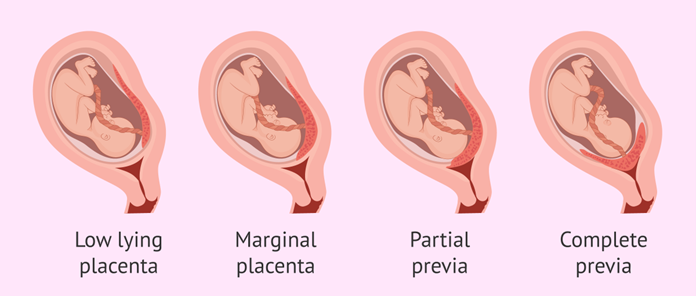A 6-year-old female client who was recently diagnosed with type 1 diabetes mellitus (DM) comes to the clinic with anorexia, drowsiness, and polydipsia. Her parents report frequent urination and bedwetting episodes almost nightly. Which action should the practical nurse (PN) take?
Obtain a serum glucose level.
Offer age-appropriate toys.
Suggest diapers for bedtime use.
Bring orange juice and crackers.
The Correct Answer is A
The practical nurse (PN) should obtain a serum glucose level to assess the client's blood sugar level, which can help to determine if the client is experiencing hyperglycemia or diabetic ketoacidosis (DKA). Anorexia, drowsiness, and polydipsia, along with the reported frequent urination and bedwetting, are symptoms of hyperglycemia or DKA.
Offering age-appropriate toys (B) or suggesting diapers for bedtime use (C) are not appropriate actions for the PN to take in this situation.
Bringing orange juice and crackers (D) may help to increase the client's blood sugar level in the short term, but it does not address the underlying issue and may exacerbate the client's symptoms if she is experiencing hyperglycemia or DKA.

Nursing Test Bank
Naxlex Comprehensive Predictor Exams
Related Questions
Correct Answer is B
Explanation
Placenta previa is a condition in which the placenta partially or completely covers the cervix, which can lead to vaginal bleeding during pregnancy. In severe cases, this bleeding can be life-threatening and can lead to hemorrhage. Therefore, the PN should closely monitor the client for any signs of bleeding or hemorrhage, such as excessive vaginal bleeding, hypotension, tachycardia, or signs of shock. The PN should also ensure that the client receives appropriate medical interventions and that emergency measures are in place in case of sudden bleeding or hemorrhage.

Correct Answer is C
Explanation
The umbilical cord prolapse is an emergency situation that requires immediate intervention. The PN should not attempt to push the cord back into the vagina or cover it with a dry sterile dressing. Instead, the PN should notify the healthcare provider and the obstetrical team and assist in preparing for an emergency cesarean delivery.
Option A and B may be appropriate in some situations, but they are not the priority in this scenario.
Therefore, options A, B, and D are not answers because they do not address the immediate emergency of umbilical cord prolapse.

Whether you are a student looking to ace your exams or a practicing nurse seeking to enhance your expertise , our nursing education contents will empower you with the confidence and competence to make a difference in the lives of patients and become a respected leader in the healthcare field.
Visit Naxlex, invest in your future and unlock endless possibilities with our unparalleled nursing education contents today
Report Wrong Answer on the Current Question
Do you disagree with the answer? If yes, what is your expected answer? Explain.
Kindly be descriptive with the issue you are facing.
